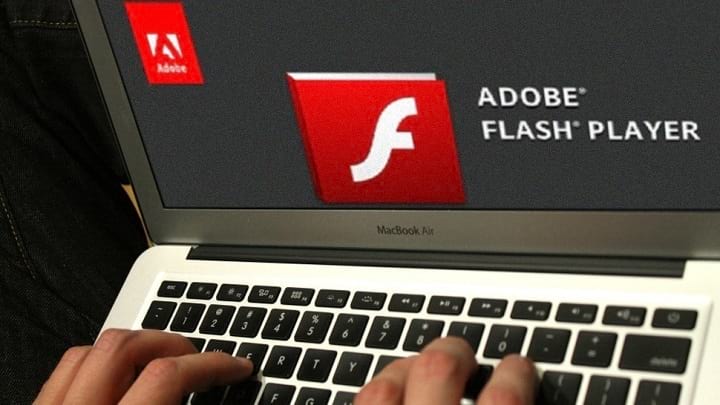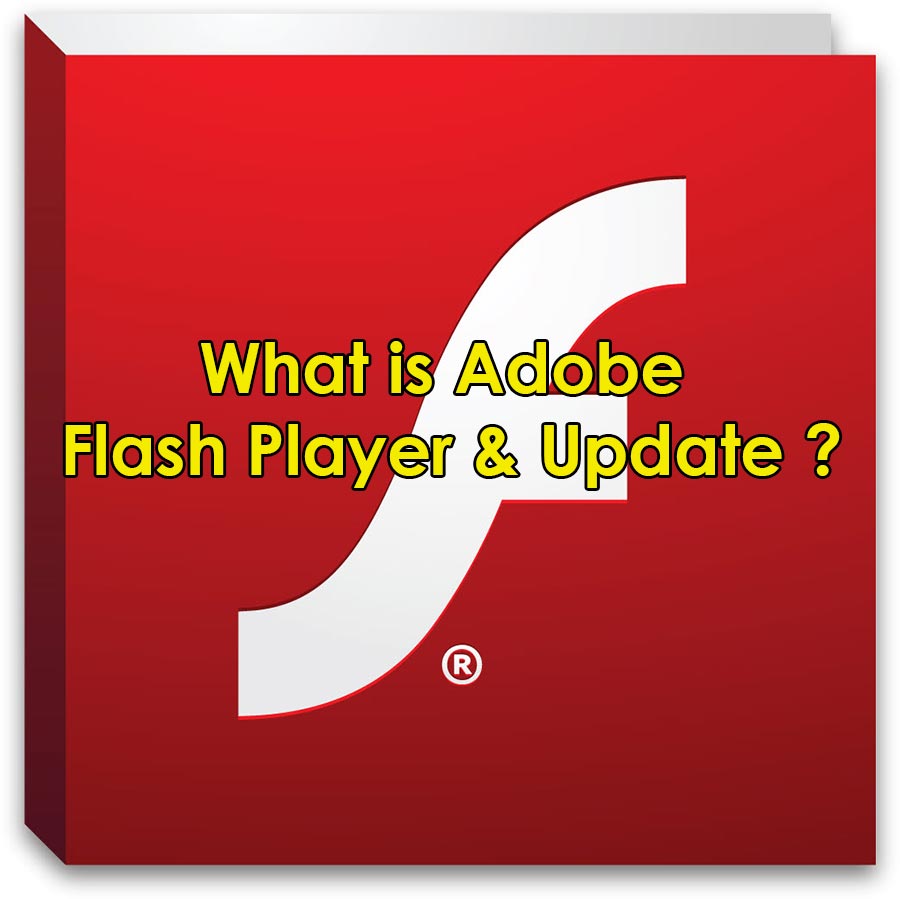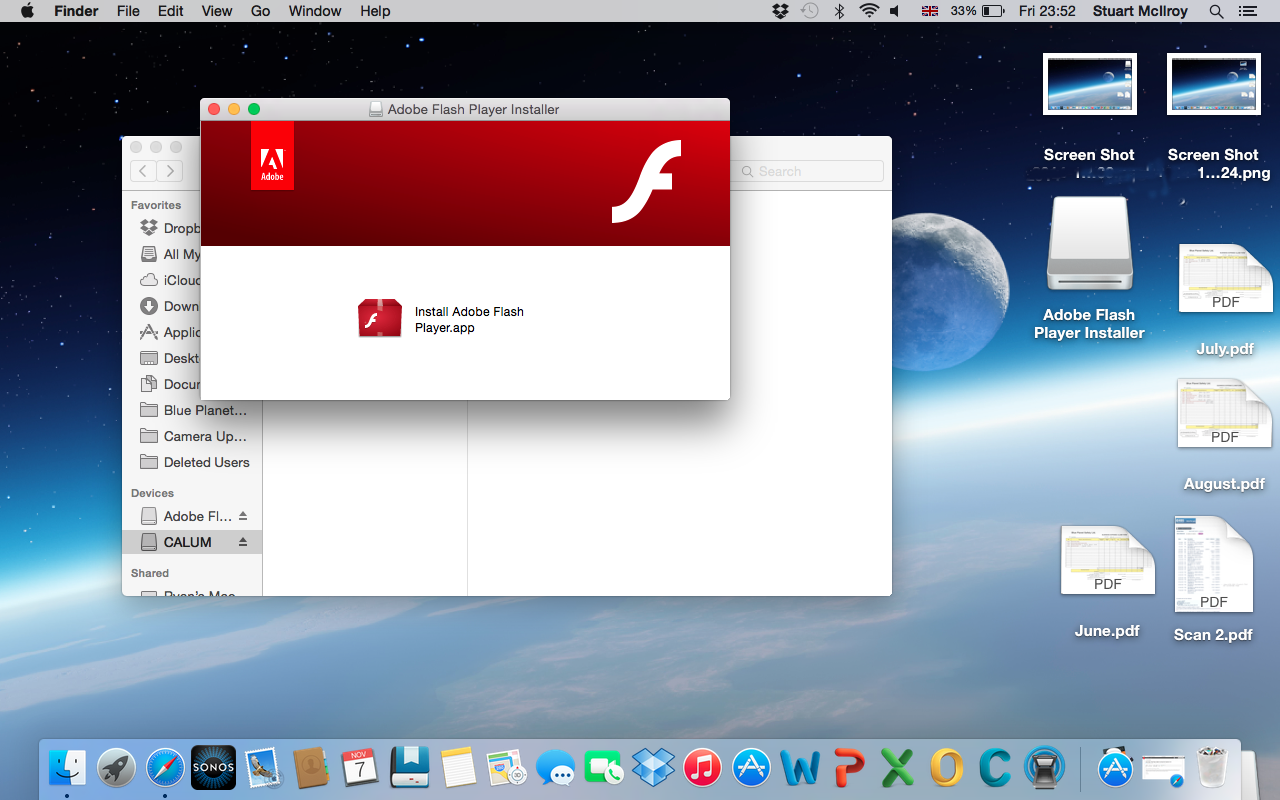

Because during the daily usage of your computer, you often get the message that you need to update Adobe Flash Player. Of course you can also disable Flash in Chrome specifically too, but if you use click-to-play and keep Flash up to date, and keep Chrome up to date, it’s not really necessary to turn the plugin off completely within Chrome.Even you don't know what Adobe Flash Player really is, you will still feel familiar with it.

In practice, this means when I want or need to use Flash Player for whatever reason, I use Chrome for those Flash websites.

This allows a user to uninstall Flash from the Mac in general but still retain Flash playing capabilities within the Google Chrome web browser sandboxed environment. Personally, I only use the Adobe Flash plugin within the Chrome sandbox environment, and I do not install Flash (or any other plugins) into Safari. It’s important to keep Flash Player up to date if you’re going to use the Flash plug-in or have it installed, whether it’s in Chrome or in another web browser.

This updates the Adobe Flash Player plugin in the Chrome web browser, this is demonstrated in Mac OS but it works the same in Windows too. How to Update Adobe Flash Player Plugin in Google Chrome But, we’re focusing on Chrome here so let’s figure out how to resolve that blocked out of date plugin message in all Chrome browsers. Sometimes you may see a yellow banner at the top of the screen saying “Adobe Flash Player was blocked because it is out of date.” or “$1 was blocked because it is out of date.” to indicate the plugin must be updated.Ī similar message will appear in Safari if Flash is out of date too. Typically just periodically quitting and relaunching Google Chrome will update the Adobe Flash Player plugin on it’s own and without any user acknowledgment. How do I know when to update Adobe Flash Player plugin within Google Chrome? This tutorial will walk through how to manually update Adobe Flash Player within the Google Chrome browser.


 0 kommentar(er)
0 kommentar(er)
